Health and Wellness Trends
The growing focus on health and wellness is influencing consumer choices within the Impulse Ice Cream Market. As more individuals prioritize healthier lifestyles, there is a rising demand for products that align with these values. This shift has prompted manufacturers to develop ice cream options that are lower in sugar, fat, and calories, while still delivering on taste. The introduction of functional ingredients, such as probiotics and superfoods, is also gaining traction among health-conscious consumers. Market Research Future indicates that products marketed as healthier alternatives are experiencing a growth rate of approximately 7% annually, reflecting a significant shift in consumer preferences. This trend not only caters to the needs of health-oriented individuals but also opens new avenues for innovation within the Impulse Ice Cream Market, as brands strive to balance indulgence with wellness.
Convenience and Accessibility
The Impulse Ice Cream Market is experiencing a surge in demand due to the increasing emphasis on convenience and accessibility. Consumers are increasingly seeking quick and easy dessert options that can be enjoyed on-the-go. This trend is particularly pronounced among busy professionals and families, who often prefer products that require minimal preparation. As a result, retailers are expanding their offerings of impulse ice cream products in convenience stores, gas stations, and supermarkets. According to recent data, the impulse ice cream segment has seen a growth rate of approximately 5% annually, indicating a robust market response to this demand for convenience. The proliferation of single-serve packaging further enhances the appeal of impulse ice cream, making it a favored choice for spontaneous purchases. This driver is likely to continue shaping the landscape of the Impulse Ice Cream Market in the foreseeable future.
Innovative Flavors and Varieties
Innovation in flavors and varieties is a key driver in the Impulse Ice Cream Market. Consumers are increasingly adventurous in their taste preferences, seeking unique and exotic flavors that go beyond traditional offerings. This trend has led to the introduction of a wide array of options, including vegan Ice Cream, dairy-free, and low-calorie alternatives, catering to diverse dietary needs. Market data suggests that the introduction of innovative flavors has contributed to a notable increase in sales, with specialty flavors accounting for nearly 30% of total impulse ice cream sales. Brands are also experimenting with limited-edition flavors to create excitement and urgency among consumers. This continuous evolution in flavor profiles not only attracts new customers but also encourages repeat purchases, thereby solidifying the position of innovative offerings as a driving force in the Impulse Ice Cream Market.
Sustainability and Ethical Sourcing
Sustainability and ethical sourcing are increasingly becoming focal points in the Impulse Ice Cream Market. Consumers are more aware of the environmental impact of their purchases and are actively seeking products that align with their values. This has led to a growing demand for ice cream brands that prioritize sustainable practices, such as using responsibly sourced ingredients and eco-friendly packaging. Data suggests that products labeled as sustainable or organic are witnessing a surge in popularity, with sales growth in this segment outpacing traditional offerings. Companies that adopt transparent sourcing practices and communicate their sustainability efforts effectively are likely to resonate with environmentally conscious consumers. As the Impulse Ice Cream Market evolves, the emphasis on sustainability may not only enhance brand loyalty but also drive new consumer segments towards impulse ice cream products.
Seasonal Promotions and Marketing Strategies
Seasonal promotions and targeted marketing strategies play a pivotal role in driving sales within the Impulse Ice Cream Market. Retailers and manufacturers often capitalize on seasonal events, such as summer holidays and festive occasions, to launch promotional campaigns that entice consumers. These strategies may include discounts, bundled offers, and themed packaging that resonate with the target audience. Data indicates that sales of impulse ice cream products tend to peak during warmer months, with a reported increase of up to 40% in sales during summer compared to winter. Additionally, effective marketing through social media and influencer partnerships has proven to enhance brand visibility and consumer engagement. By leveraging seasonal trends and innovative marketing tactics, companies can significantly boost their presence in the Impulse Ice Cream Market, driving both awareness and sales.


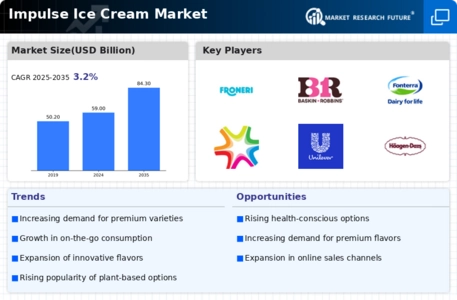
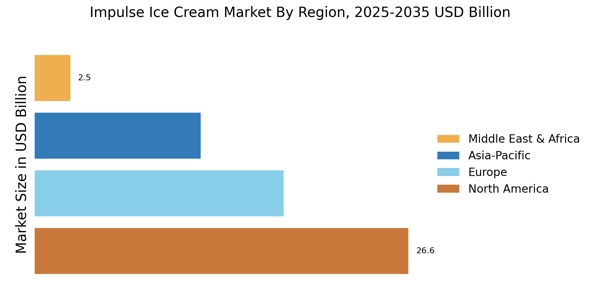
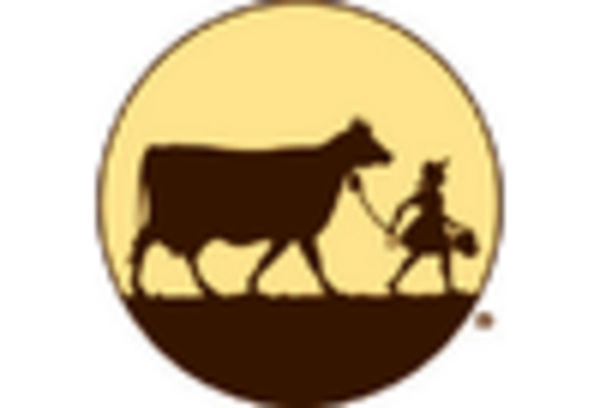
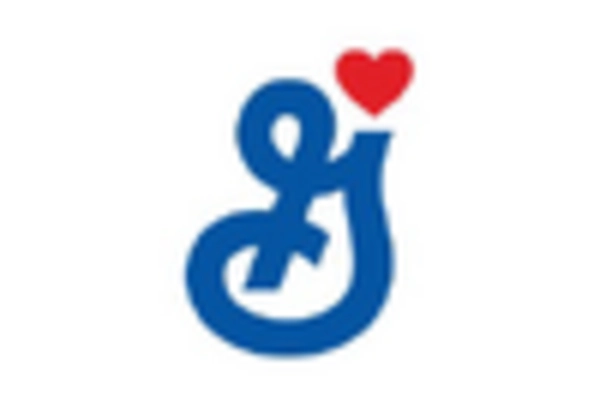


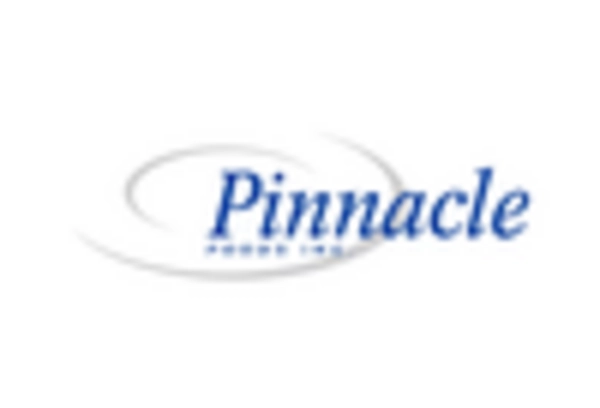









Leave a Comment